✅️ 2Sections: 1Section: 41 Video 28h 30m Total Length 1Pdf • 2Section: Books: 4Pdf
Designed for neurologists and physical medicine & rehabilitation doctors, residents, and fellows, this continuing medical education program covers all diagnostic and management approaches to both inherited and acquired neuromuscular conditions.
The 41 lectures in Electrodiagnostic Medicine and Neuromuscular Disorders — each just 30 and 45 minutes in length — delve into basic techniques and clinical applications of electrodiagnosis and ultrasound, as well as generalized disorders, motor neuron diseases, polyneuropathies, neuromuscular junction disorders, and myopathies. Key take-home points from this online CME program include:
- Basics of Needle EMG: Voluntary Activity. Motor unit potential waveform reflects the change in motor unit architecture due to disease processes, while the interference pattern provides information about the number of motor units and their activation.
- Neuropathies Associated with Systemic Disease and Cancer. Countless systemic disorders — metabolic, nutritional, inflammatory, infectious, neoplastic, and others — can cause neuropathy and accordingly, neuropathy can take many forms. Carefully characterizing the phenotype of neuropathy can help narrow down the relevant causes.
- Muscle Channelopathies. For a patient with a personal and family history of muscle stiffness and pain, consider genetic testing for myotonic disorders.
- And more…
Learning Objectives
At the completion of this course, you should be able to:
- List the methods of rehabilitation management of neuromuscular disease
- Recognize the common neuromuscular mimics of the upper extremity
- Identify the signs of neuropathies found on physical examination
- List the substances that can cause toxic polyneuropathies
- Compare the two groups of disorders found in muscle channelopathies
- Describe the classic presentation of amyotrophic lateral sclerosis
- Explain how to tailor the treatment of myasthenia gravis to disease severity and individual patient
- Discuss how to evaluate a patient with generalized weakness
- Outline the role of electromyography in focal mononeuropathies of the leg
- Name the common inherited and acquired causes of rhabdomyolysis
Intended Audience
This educational activity was designed for neurologists, physiatrists physical medicine & rehabilitation (PM&R) doctors, neurology residents and fellows, PM&R residents and fellows.
TOPICS / SPEAKERS
Basic Neurophysiological Techniques
- Basics of Nerve Conduction Studies – Sensory – Paul E. Barkhaus, MD
- Basics of Nerve Conduction Studies – Motor – Paul E. Barkhaus, MD
- EMG – Spontaneous Activity – William S. David, MD, PhD
- Basics of Needle EMG – Voluntary Activity – Sanjeev D. Nandedkar, PhD
- Assessment of the Neuromuscular Junction – Repetitive Stimulation and Single Fiber EMG – Sanjeev D. Nandedkar, PhD
- Autonomic Function Testing – William S. David, MD, PhD
Clinical Applications for Electrodiagnostic Medicine: Focal Syndromes
- Electrodiagnosis of Focal Upper Extremity Mononeuropathies – Michael P. Bowley, MD, PhD
- Electrophysiologic Approach to Brachial Plexopathies – William S. David, MD, PhD
- Focal Mononeuropathies in the Leg – William S. David, MD, PhD
- Electrodiagnostic Approach to Lower Limb Radiculopathy and Plexopathy – Haatem Reda, MD
- Peripheral Nerve Ultrasound – Kathy Chuang, MD
Clinical Applications for Electrodiagnostic Medicine: Generalized Disorders
- Approach to the Patient with Generalized Weakness – William S. David, MD, PhD
- Approach to the Patient with Multifocal Weakness – Meabh Ohare, MD
- Approach to the Patient with Scapular Winging – Kathy Chuang, MD
- Approach to the Patient with Diplopia – Paloma Gonzalez-Perez, MD, PhD
- Approach to the Patient with Facial Weakness – Kathy Chuang, MD
- Approach to the Patient with Clinical Myotonia – Paloma Gonzalez-Perez, MD, PhD
- Approach to the Patient with Cramps – Sunjay Sethi, MD
Motor Neuron Diseases
- Amyotrophic Lateral Sclerosis – Doreen Ho, MD
- Atypical Motor Neuron Diseases – Mark Garret, MD
- Spinal Muscular Atrophy – Basil T. Darras, MD
Polyneuropathies
- Approach to Neuropathies – Reza Seyedsadjadi, MD
- Charcot-Marie-Tooth (CMT) and Related Disorders – Reza Seyedsadjadi, MD
- Guillain-Barré and Other Acute Acquired Neuropathies – Christopher Doughty, MD
- Chronic Inflammatory Demyelinating Polyneuropathy and Related Disorders – Reza Seyedsadjadi, MD
- Neuropathies Associated with Systemic Disease and Cancer – Christopher Doughty, MD
- Toxic Polyneuropathies – Mohammad Kian Salajegheh, MD
Neuromuscular Junction Disorders
- Myasthenia Gravis – Amanda C. Guidon, MD
- Congenital, Lambert-Eaton Myasthenic Syndrome, Botulism – Amanda C. Guidon, MD
Myopathies
- Clinical Approach to Muscle Disease – Anthony A. Amato, MD
- Muscular Dystrophies – Vijay Ganesh, MD, PhD
- Congenital Myopathies – Basil T. Darras, MD
- Metabolic Myopathies – Anthony A. Amato, MD
- Mitochondrial Myopathies – Anthony A. Amato, MD
- Muscle Channelopathies – Mohammad Kian Salajegheh, MD
- Idiopathic Inflammatory Myopathies – Anthony A. Amato MD
- Systemic and Toxic Myopathies – Anthony A. Amato MD
- Approach to the Patient with Rhabdomyolysis – Joome Suh, MD
Special Topics
- Neonatal Hypotonia – Approach to the Floppy Infant – Basil T. Darras, MD
- Neuromuscular Mimics – Erik R. Ensrud, MD
- Rehabilitation of Neuromuscular Disorders – Kathy Chuang, MD


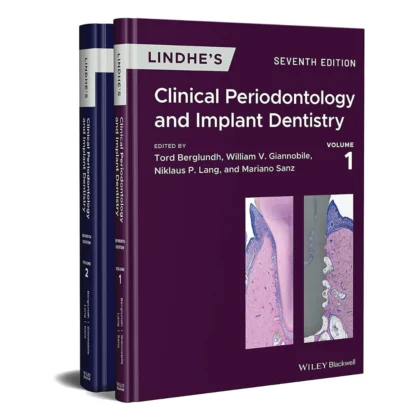









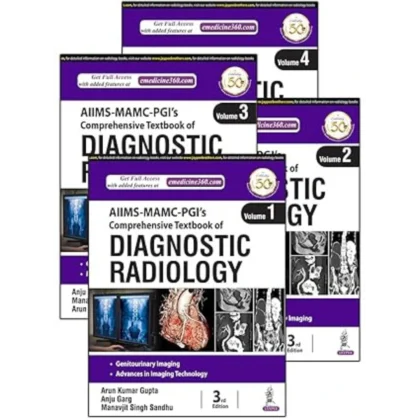












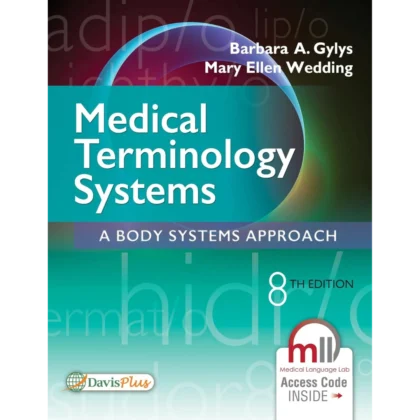













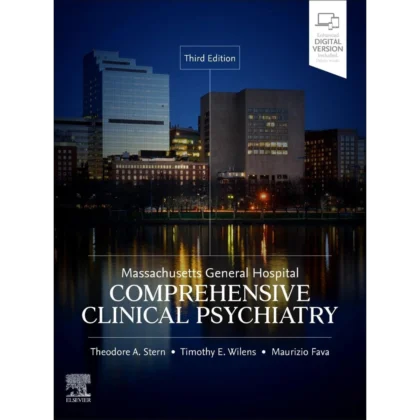




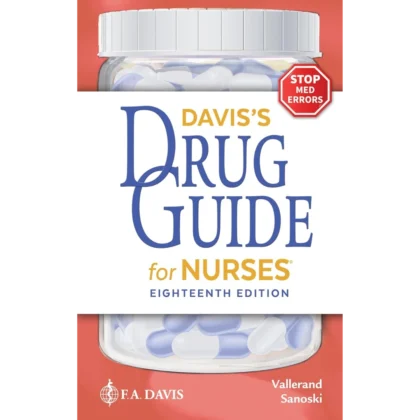







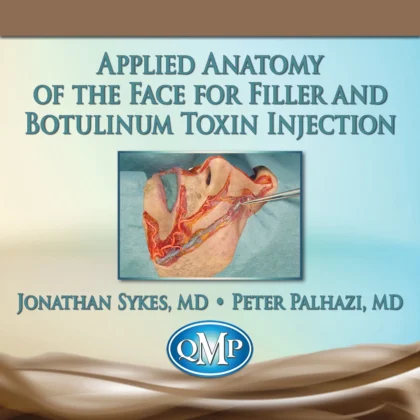

Reviews
There are no reviews yet.